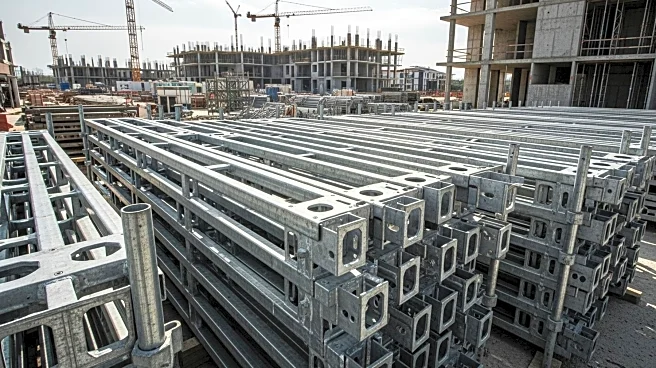What's Happening?
The number of centenarians worldwide is increasing, with projections suggesting a rise to 3.7 million by 2050. However, disparities in lifespan and healthspan between wealthy and poor populations are growing. In the UK, individuals in affluent areas experience significantly more years in good health compared to those in poorer regions. Similar trends are observed in the US, where life expectancy gaps between different demographics have widened. These disparities are attributed to unequal access to nutritious food, safe housing, and healthcare, highlighting the need for policies addressing these inequalities.
Why It's Important?
The growing gap in life expectancy and health quality between rich and poor populations underscores the impact of socioeconomic factors on longevity. Addressing these disparities is crucial for ensuring equitable access to healthcare and improving overall public health. As the number of centenarians rises, it is important to focus on policies that promote healthy aging for all, regardless of economic status. This issue has implications for healthcare systems, social services, and economic policies aimed at reducing inequality.
Beyond the Headlines
The disparities in longevity reflect broader social and economic inequalities that affect various aspects of life, including education, employment, and housing. Addressing these issues requires comprehensive policy approaches that consider the interconnectedness of health and socioeconomic factors. Promoting healthy aging involves not only medical advancements but also social interventions that improve living conditions and reduce stress associated with poverty.











